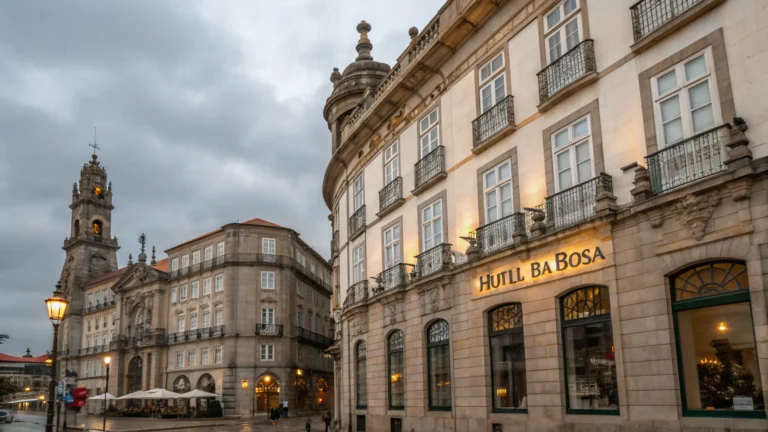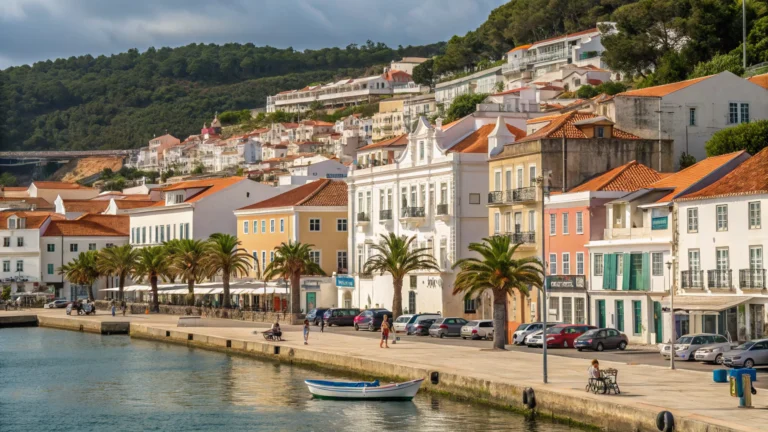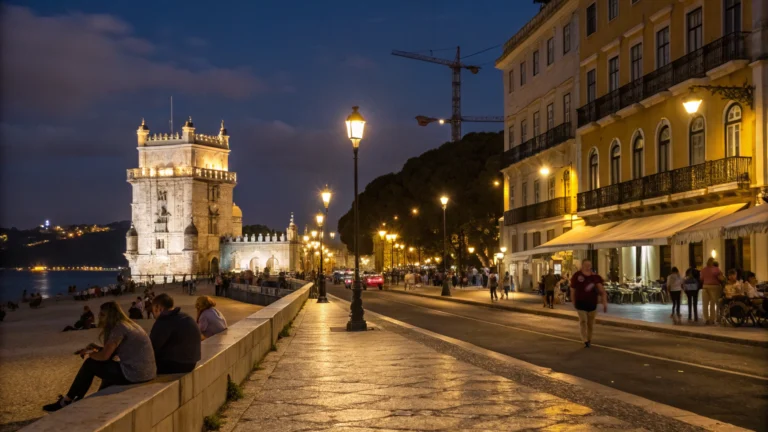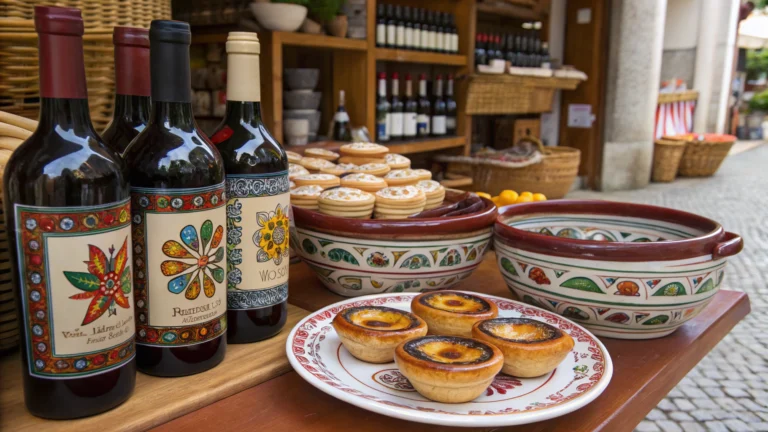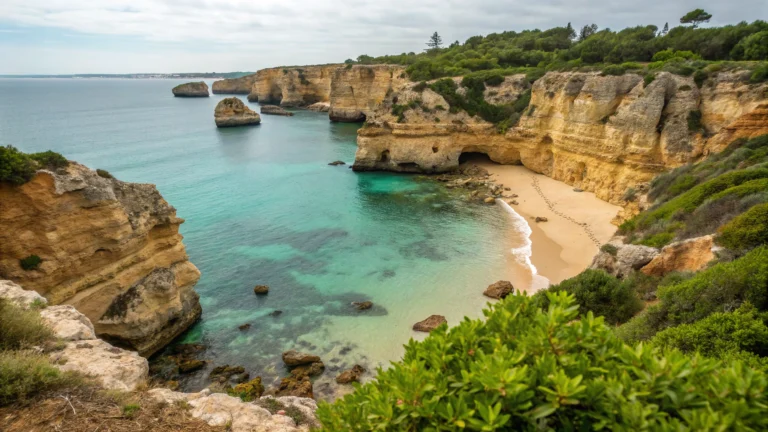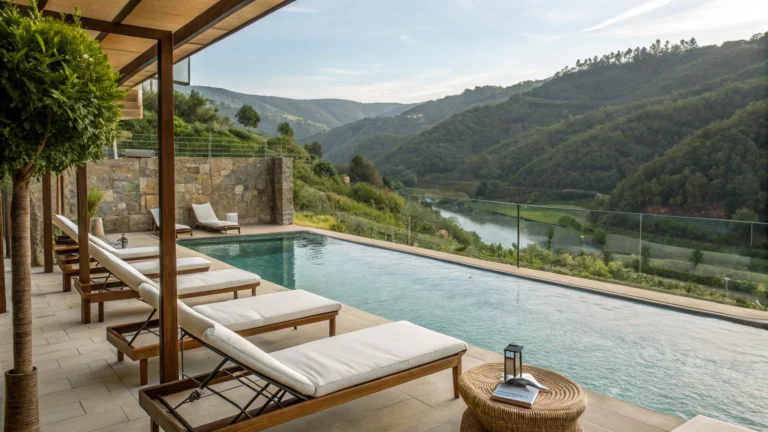What to Buy in Portugal: 30 Best Souvenirs and Authentic Portuguese Products
Wondering what to buy in Portugal? Uncover the top 5 authentic souvenirs that capture Portugal’s spirit. Explore unique travel keepsakes …
Villas in Portugal with Private Pool: Ultimate 2024 Guide to Luxury Escapes
Seeking the ultimate getaway? Discover the best villas in Portugal with private pools for your next luxury escape. Explore our …
Villas in Alvor Portugal – Discover Your Dream: A Comprehensive Guide
Villas in Alvor Portugal: Are you dreaming of a sun-drenched escape to a charming Portuguese village? Imagine waking up to …
Unveiling the Charms of Caretos: A Deep Dive into Northern Portugal’s Wild Tradition
Alright, buckle up, because we’re about to embark on a journey to the wild side Caretos of Northern Portugal. Forget …
Two Nights in Lisbon: The Ultimate 48-Hour Itinerary for an Unforgettable Weekend
Planning two nights in Lisbon? Discover 5 insider tips for an unforgettable trip, including must-see spots, local eats, and budget-friendly …
Travelite Basics Portugal: Your Ultimate Guide to Savvy Travel
Dreaming of Portugal? Imagine exploring Lisbon, enjoying pastries, or hiking the Algarve, all while effortlessly rolling your luggage. That’s where …
She in Lisbon: The Ultimate Guide for Solo Female Travelers in 2025
Ready for an unforgettable adventure in she in lisbon? Discover the 7 must-visit spots that will make your trip unforgettable …
Cheese Azeitao: Portugal’s Creamy Treasure – A Comprehensive Travelers Guide
Craving a unique travel experience? Discover cheese Azeitao and uncover 5 compelling reasons why this Portuguese delight should top your …
Hotel da Bolsa Porto Portugal: Your Perfect Stay in the Heart of the Historical District
Looking for the perfect stay in Porto? Discover why Hotel da Bolsa Porto Portugal stands out with top-notch amenities and …
Sesimbra: The Secret Coastal Gem Just 40 Minutes from Lisbon
Curious about hidden gems in Portugal? Discover why Sesimbra is a must-see destination with our top 7 reasons to visit …




